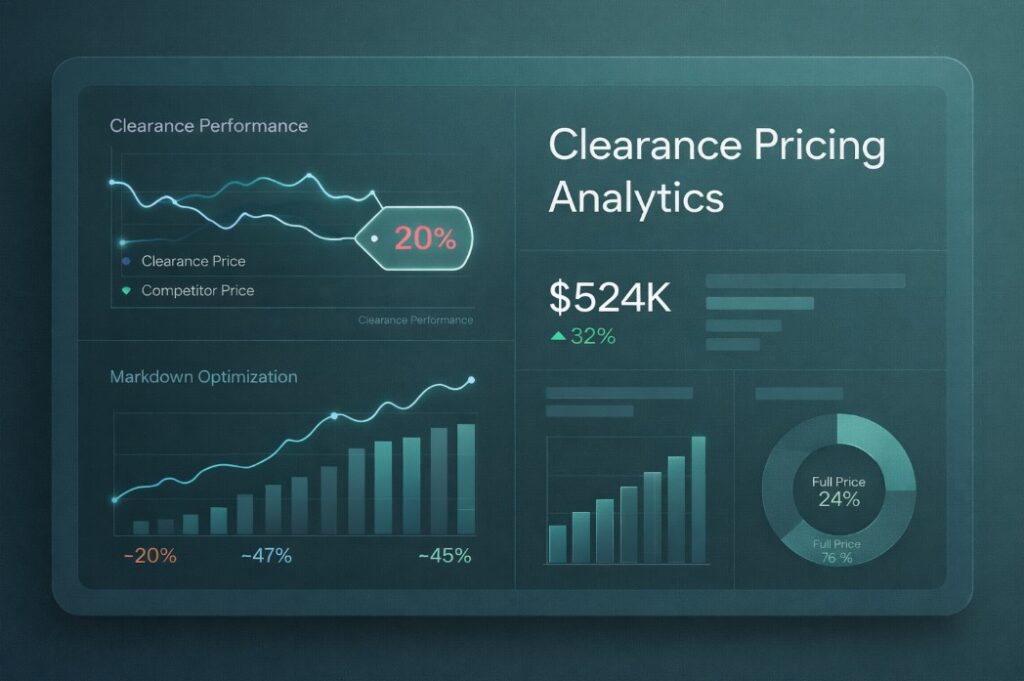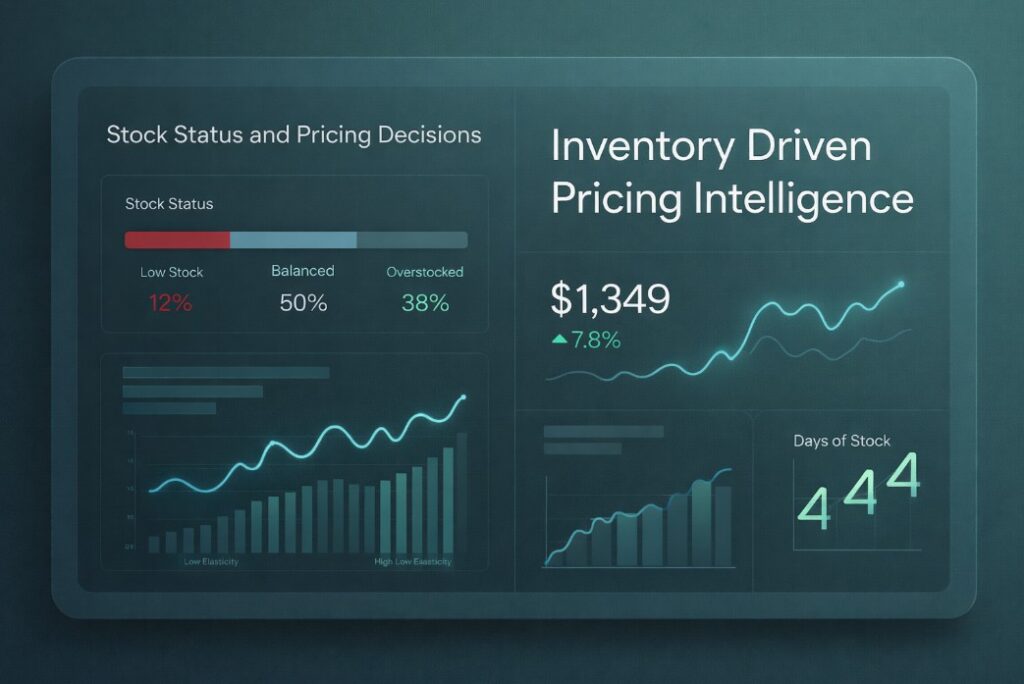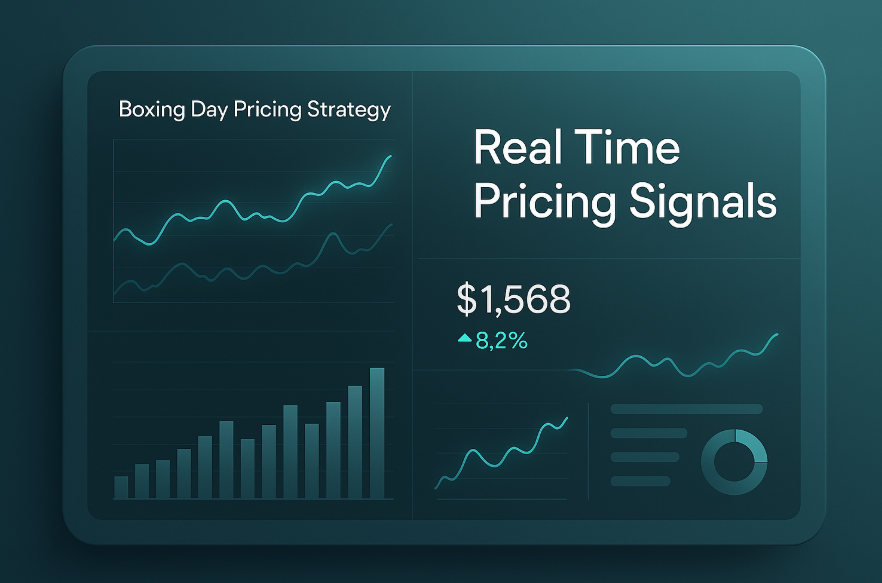- Product
- Solution for
For Your Industry
- Plans & Pricing
- Company
- Resources
For Your Industry
In the modern retail and eCommerce landscape, pricing intelligence no longer operates in isolation. The ability to integrate competitor data into your ERP or BI system determines how efficiently your teams can act on insights.
When competitor pricing and promotions flow seamlessly into your internal systems, every department — from pricing and marketing to supply chain and finance — operates with the same data-driven perspective.
This guide explains how to integrate competitor data into your ERP or BI ecosystem, the challenges to avoid, and the benefits of connecting tgndata’s real-time intelligence to your business’s operational backbone.

Many businesses use separate tools for pricing, ERP (like SAP, Microsoft Dynamics, or Oracle), and BI (like Power BI or Tableau). While each system is powerful, data fragmentation slows decisions and limits visibility.
By integrating competitor data directly into these platforms, you can:
Synchronize pricing, cost, and sales data in one place.
Enable cross-department collaboration based on shared intelligence.
Make real-time, automated decisions based on unified insights.
When competitor insights connect to ERP or BI, they become part of your company’s core decision infrastructure — supporting everything from demand forecasting to margin optimization.
Integration transforms data into action.
ERP platforms manage your products, inventory, costs, and financial data. Integrating competitor pricing allows these systems to:
Compare supplier costs with market pricing.
Automate repricing based on competitive thresholds.
Improve procurement and sales planning.
BI tools provide visualization, trend detection, and advanced reporting.
By adding competitor data streams, your BI dashboards evolve from static reports into dynamic market mirrors — showing your position in real time.
| Benefit | Description |
|---|---|
| End-to-End Visibility | See your position across pricing, promotions, and inventory. |
| Faster Decision-Making | Automate response to competitor moves in real time. |
| Cross-Department Alignment | Give sales, marketing, and finance access to the same market data. |
| Improved Forecasting | Merge external pricing with historical performance for better demand modeling. |
| Strategic Advantage | Move from reactive to predictive pricing. |
In short, integration turns raw competitor data into operational intelligence.
Integrating competitor data into complex ERP or BI systems isn’t plug-and-play — but the right approach simplifies it.
ERPs and BIs expect structured formats like CSV, JSON, or API feeds.
Solution: Use standardized API connectors from tgndata that deliver data in compatible schemas.
Competitor data updates frequently — sometimes thousands of entries per day.
Solution: Implement incremental updates or data pipelines that refresh high-priority SKUs in real time.
Poorly matched or incomplete data can mislead decision-makers.
Solution: tgndata’s AI product matching and validation layers ensure every price comparison aligns correctly with your SKUs.
Traditional integrations can require extensive development.
Solution: Use low-code integrations or prebuilt tgndata connectors for systems like Power BI, SAP, or Google BigQuery.
Decide what you want from the integration:
Real-time visibility for pricing managers?
Market trends for BI analysts?
Automated ERP-driven price updates?
Aligning objectives early ensures technical setup supports business goals.
ERP: SAP, Microsoft Dynamics, Oracle, Netsuite, or custom ERP.
BI: Power BI, Tableau, Looker, Qlik, or Google Data Studio.
tgndata supports both through API endpoints and data connectors compatible with enterprise-grade security standards.
Competitor data should include:
Product identifiers (SKU, EAN, UPC)
Competitor names and URLs
Current and promotional prices (€)
Availability and shipping information
Timestamp of data retrieval
tgndata provides standardized output formats for seamless ERP ingestion.
Integration typically happens via:
REST APIs: Continuous data feed into ERP or BI.
ETL Pipelines: Extract-Transform-Load processes for batch updates.
Cloud Storage Bridges: tgndata → Azure, AWS, or Google Cloud → your BI.
Example:
A retailer connects tgndata’s API to Power BI via Azure Data Factory. Competitor data updates every 15 minutes, populating dashboards automatically.
Integration doesn’t stop at connection — it’s an ongoing process.
Use validation logs to check match rates and completeness.
Set up alerts for API downtime or data mismatches.
Review pricing accuracy weekly.
tgndata’s monitoring and support tools provide automated error detection and continuous validation.
Once data is stable, automate decision layers:
ERP adjusts pricing tiers based on competitor thresholds.
BI generates real-time performance alerts.
Marketing triggers promotions when undercut in specific categories.
Automation closes the loop between insight and action.
A leading consumer electronics brand integrated tgndata’s API into SAP.
Now, price lists automatically adjust daily based on competitor price movements — improving competitiveness while maintaining margin targets.
A major FMCG manufacturer connected tgndata data streams to Power BI. By merging competitor trends with historical sell-out data, they improved promotional ROI predictions by 18%.
An online marketplace integrated tgndata’s data into Google BigQuery. Dynamic dashboards visualize competitor gaps by region and category — empowering fast, data-backed repricing.
| Best Practice | Description |
|---|---|
| Start Small, Scale Fast | Begin with 1–2 product categories before full integration. |
| Standardize Data Models | Use consistent SKU and attribute mapping. |
| Automate Validation | Schedule accuracy checks at data import. |
| Collaborate Cross-Functionally | Include IT, pricing, and analytics teams early. |
| Leverage APIs, Not Spreadsheets | APIs ensure security, scalability, and live updates. |
At tgndata, we make integration simple, secure, and scalable.
Our platform provides:
Ready-to-use APIs for ERP and BI platforms.
Custom data connectors for Power BI, Tableau, and Google Data Studio.
Real-time validation to maintain accuracy at every step.
Expert integration support for enterprise IT teams.
tgndata bridges the gap between pricing intelligence and enterprise data ecosystems, turning competitor insights into actionable strategy.
Integrating competitor data into your ERP or BI system isn’t just an IT project — it’s a transformation. It’s how companies unify intelligence, align decisions, and move from reactive pricing to proactive strategy.
With tgndata, you can seamlessly connect real-time market data to your business systems — creating a single source of truth that drives growth, efficiency, and competitiveness.
Talk to tgndata about integrating competitor data with your ERP or BI →













Missing an important marketplace?
Send us your request to add it!